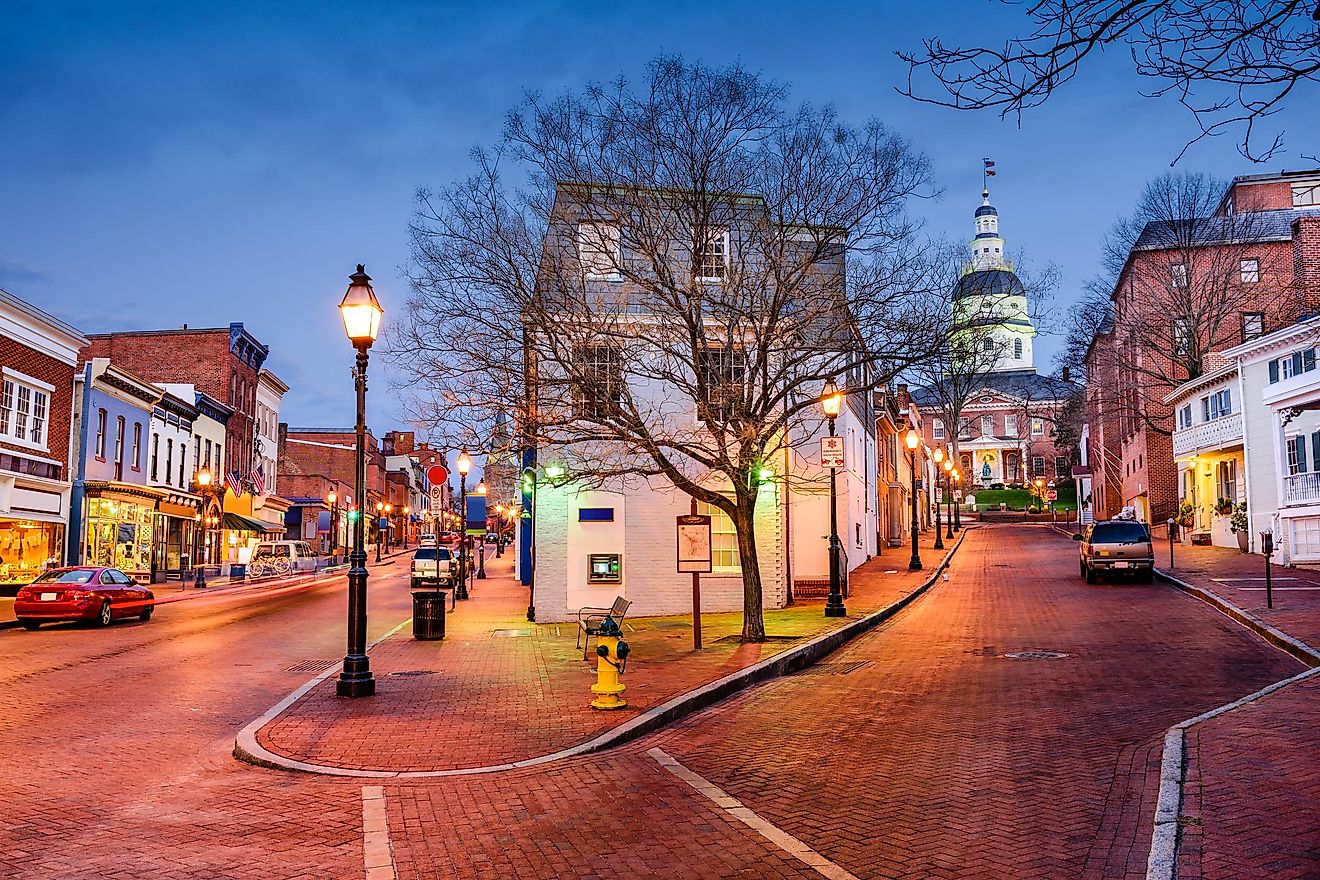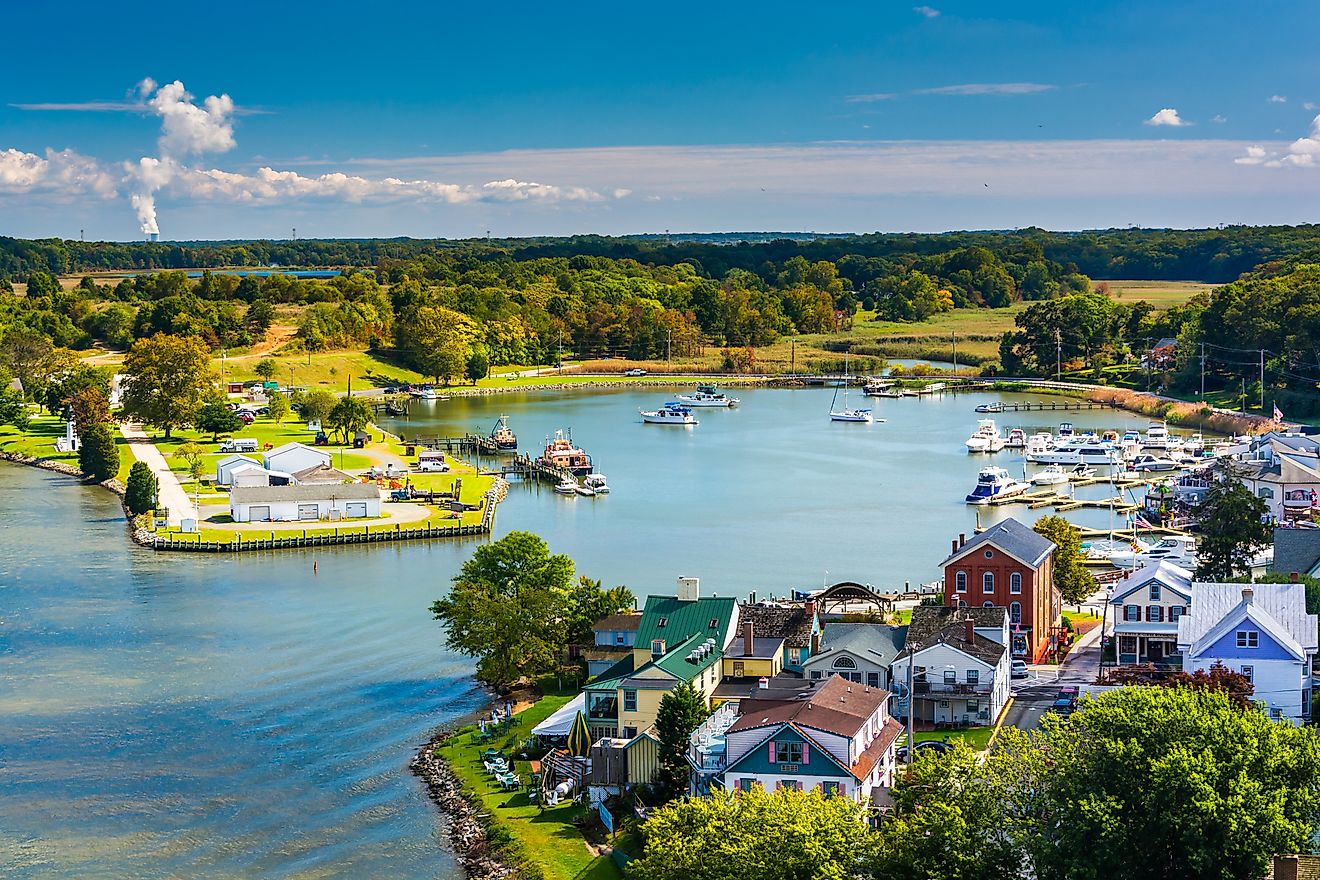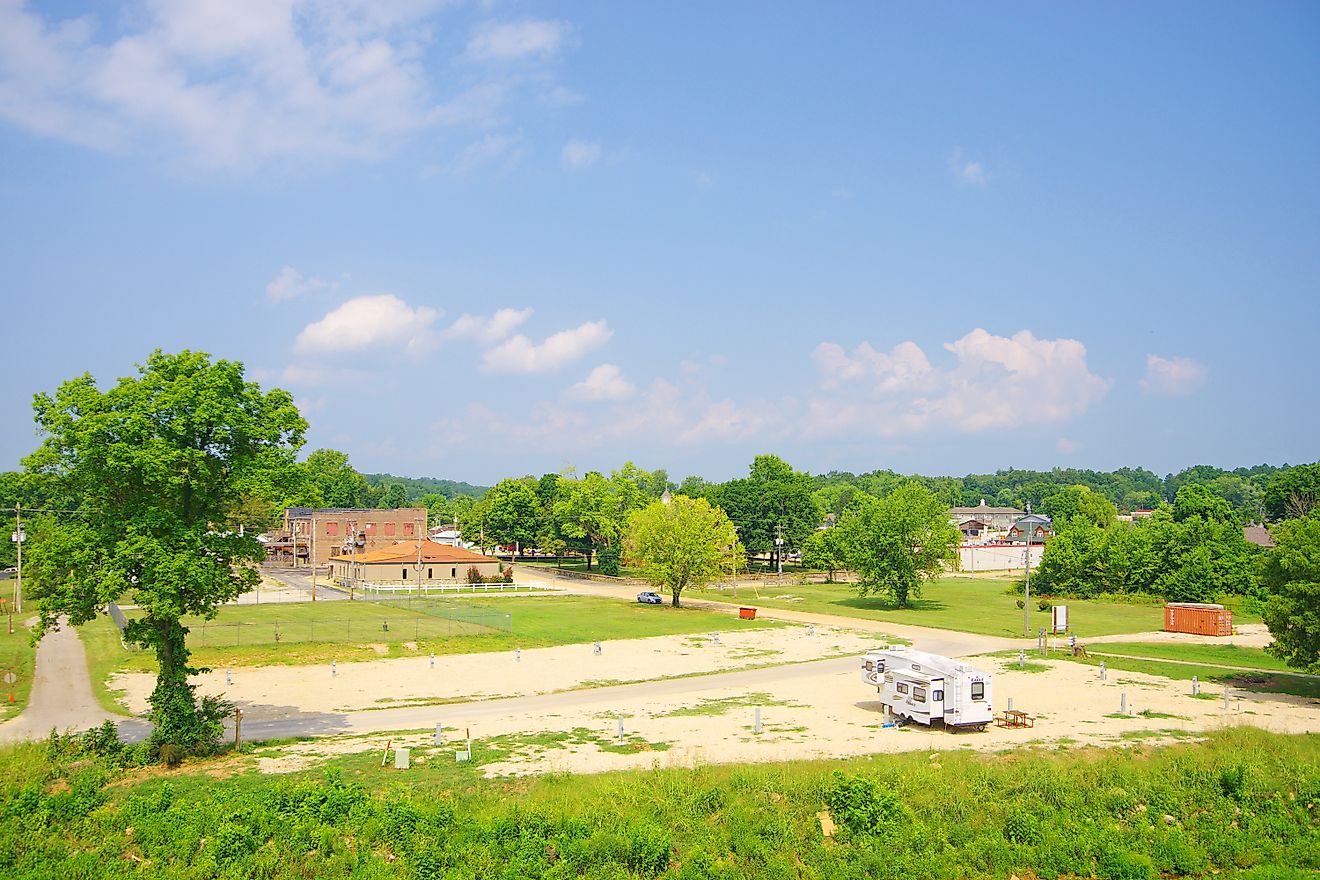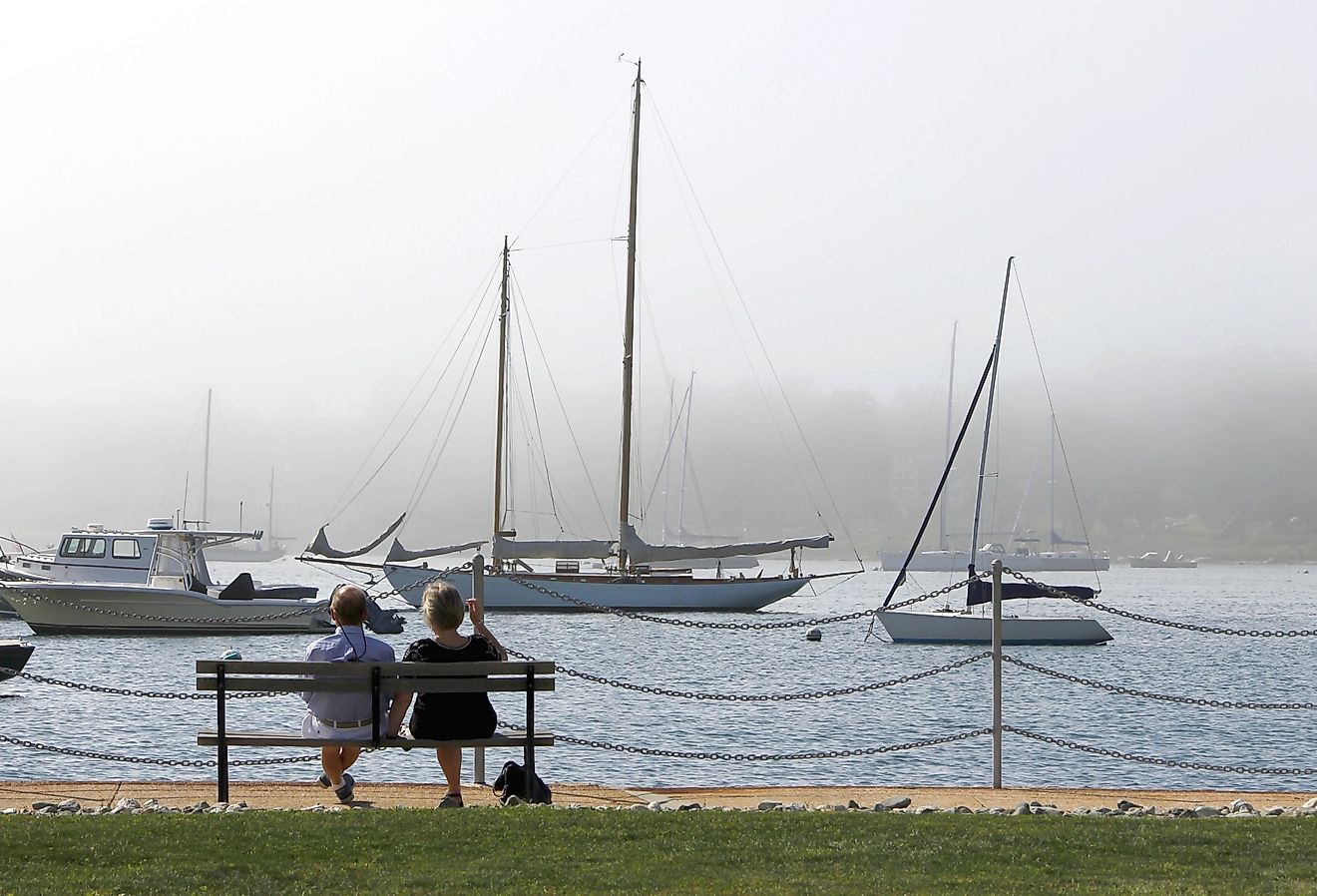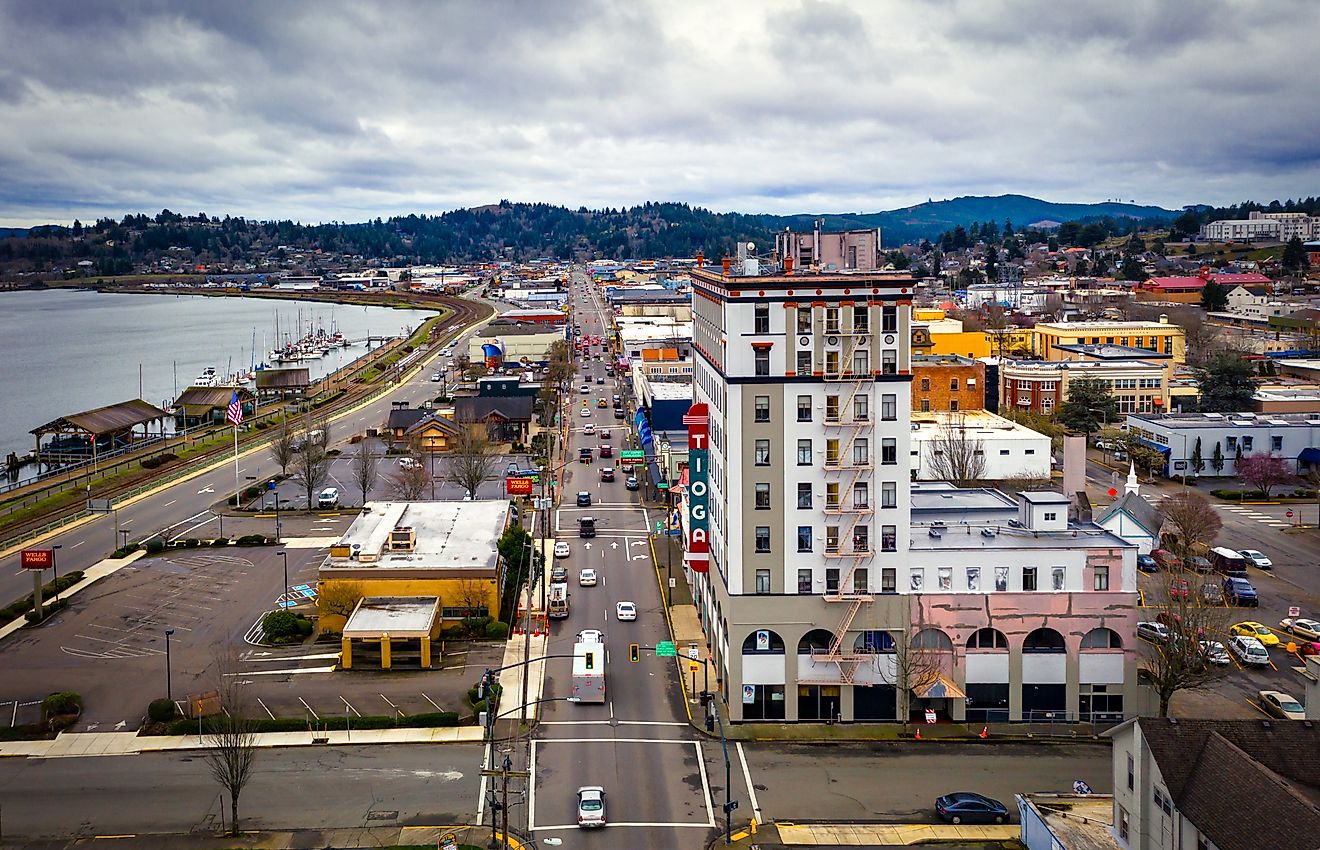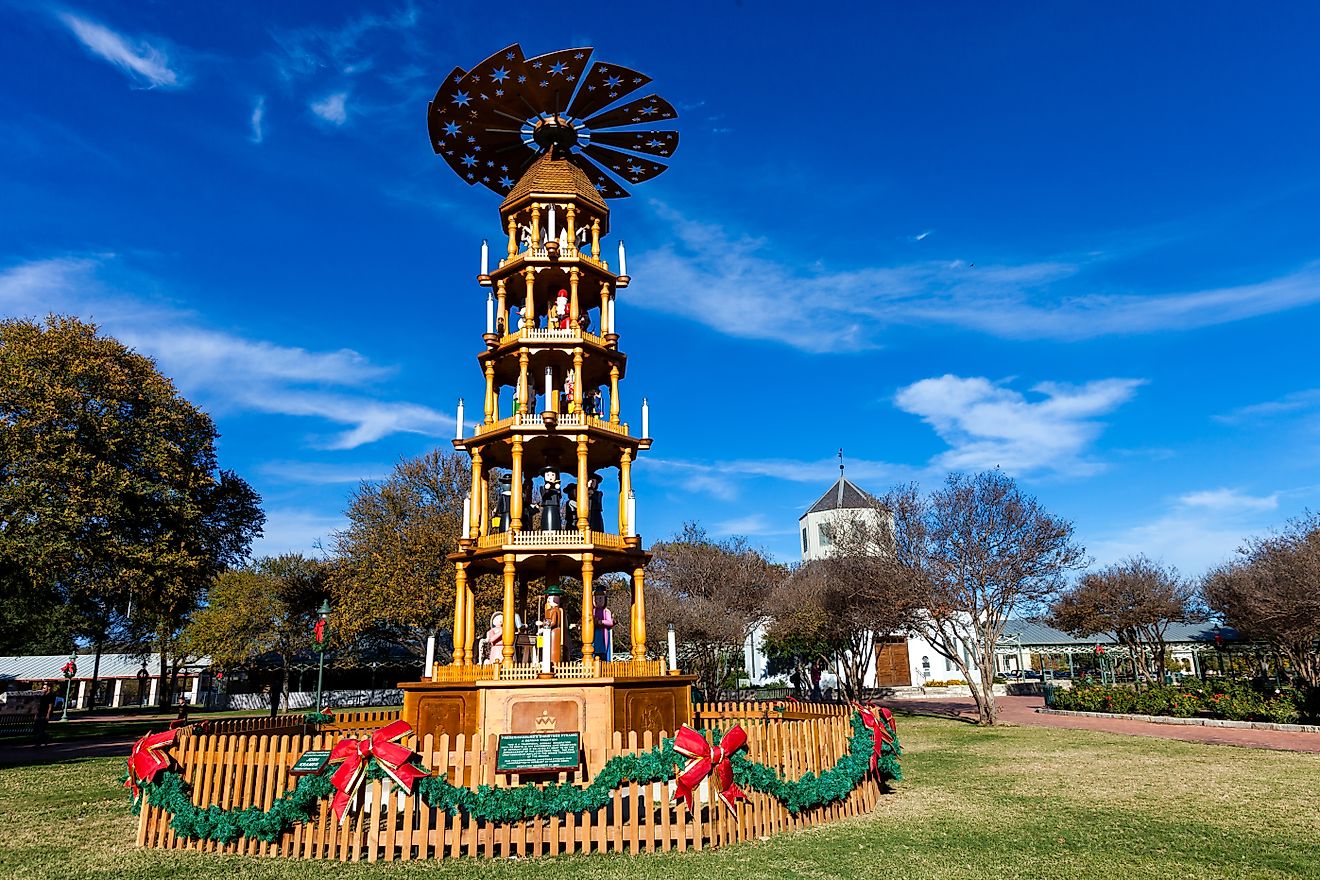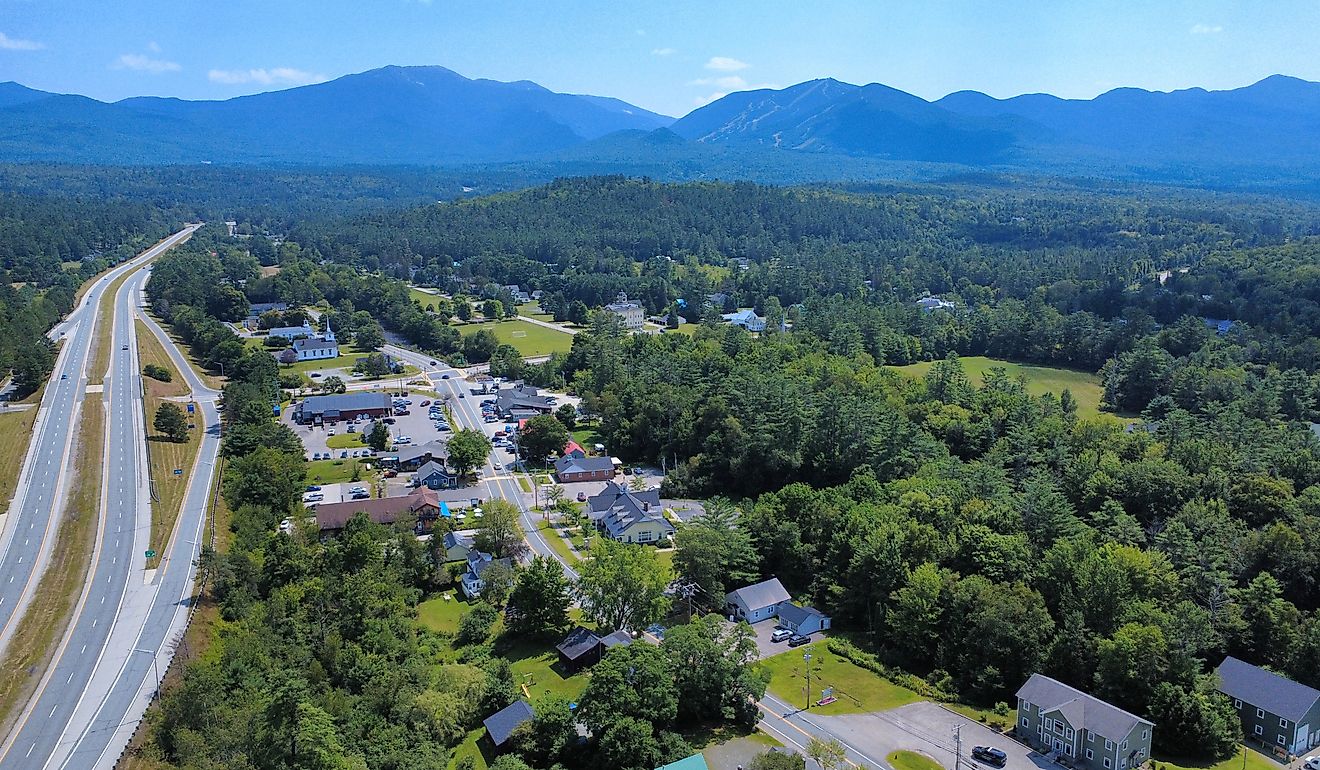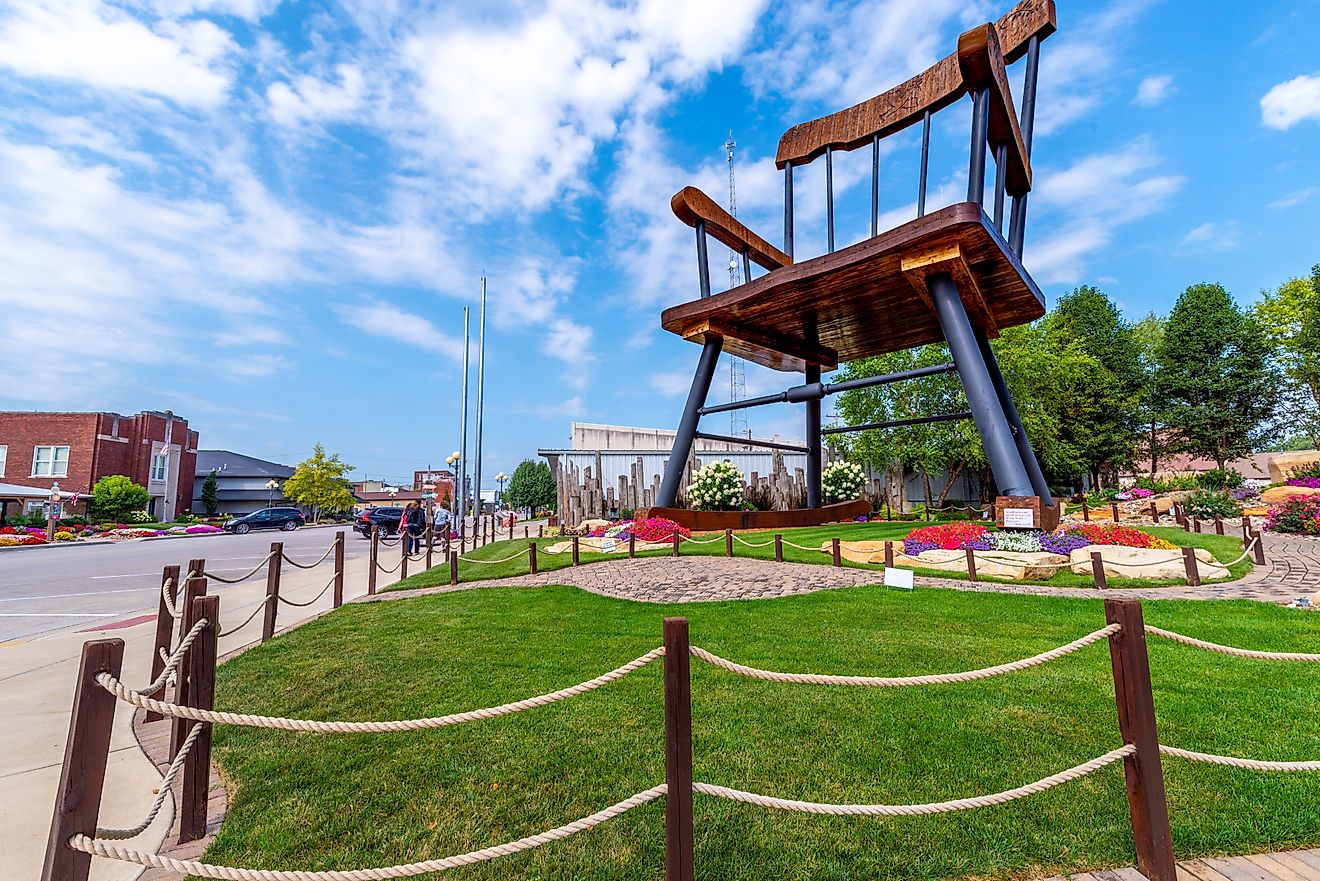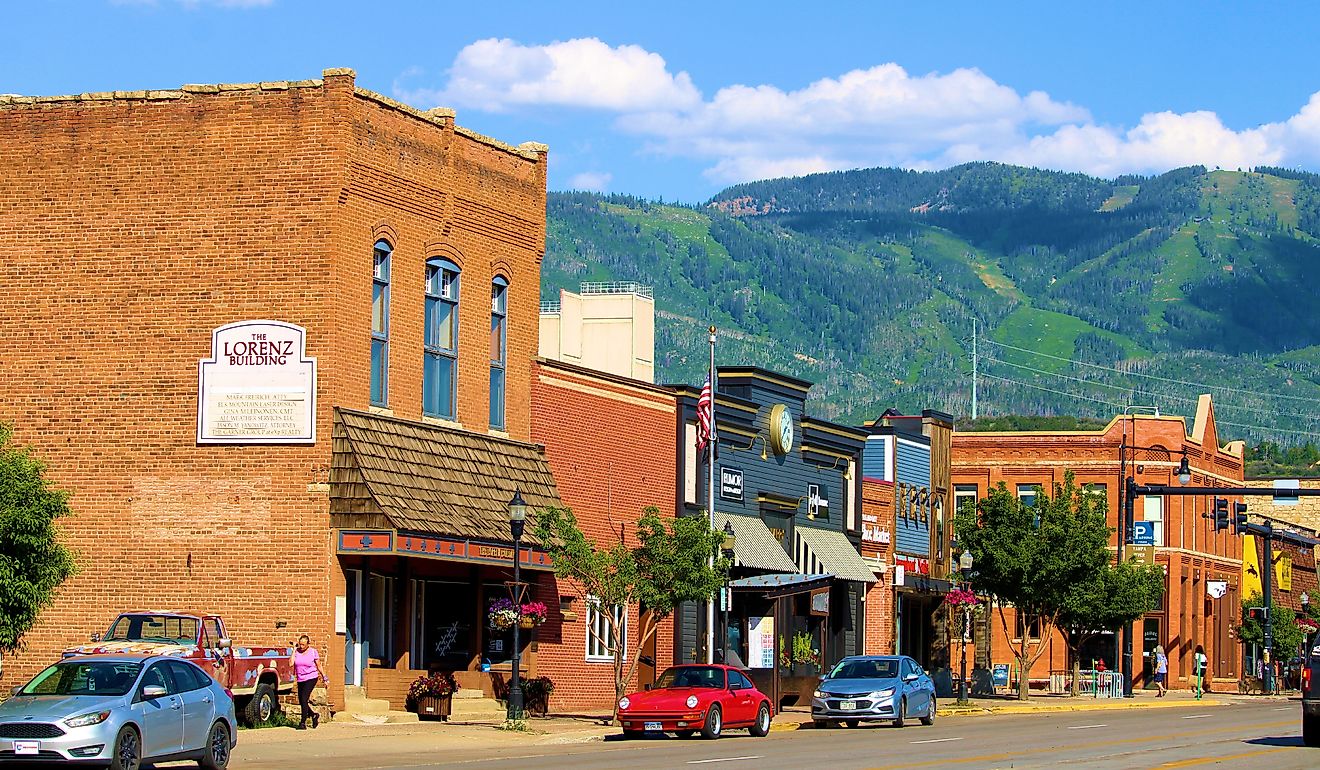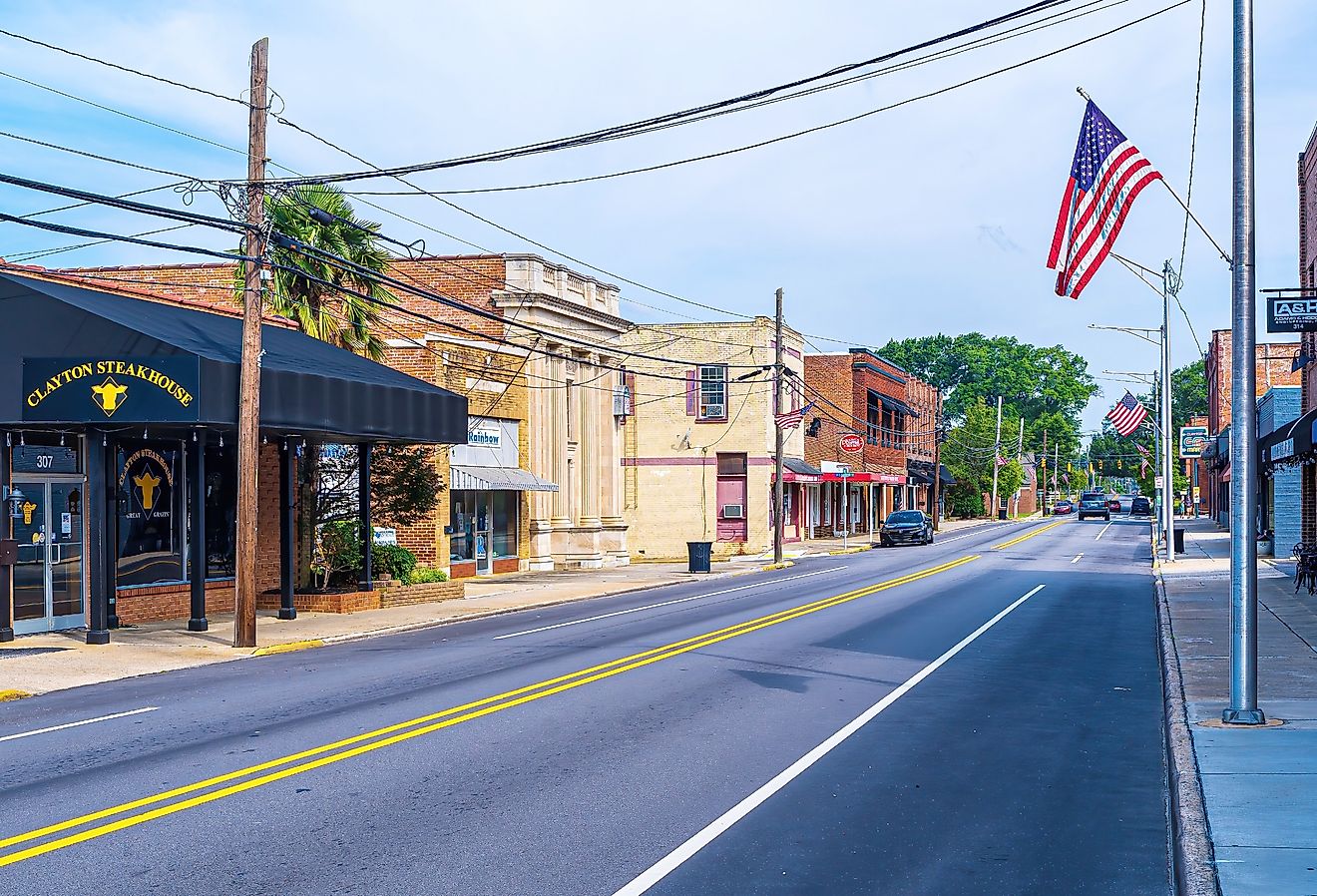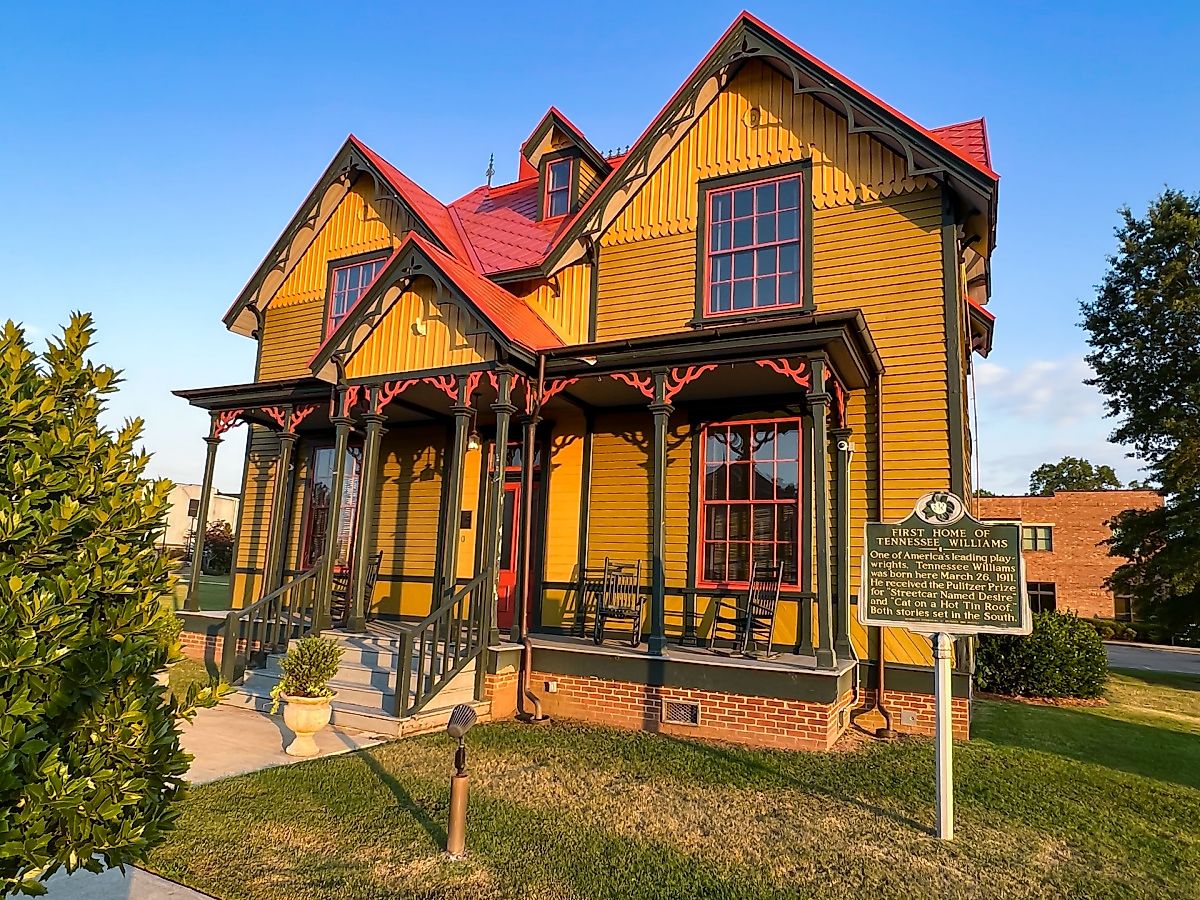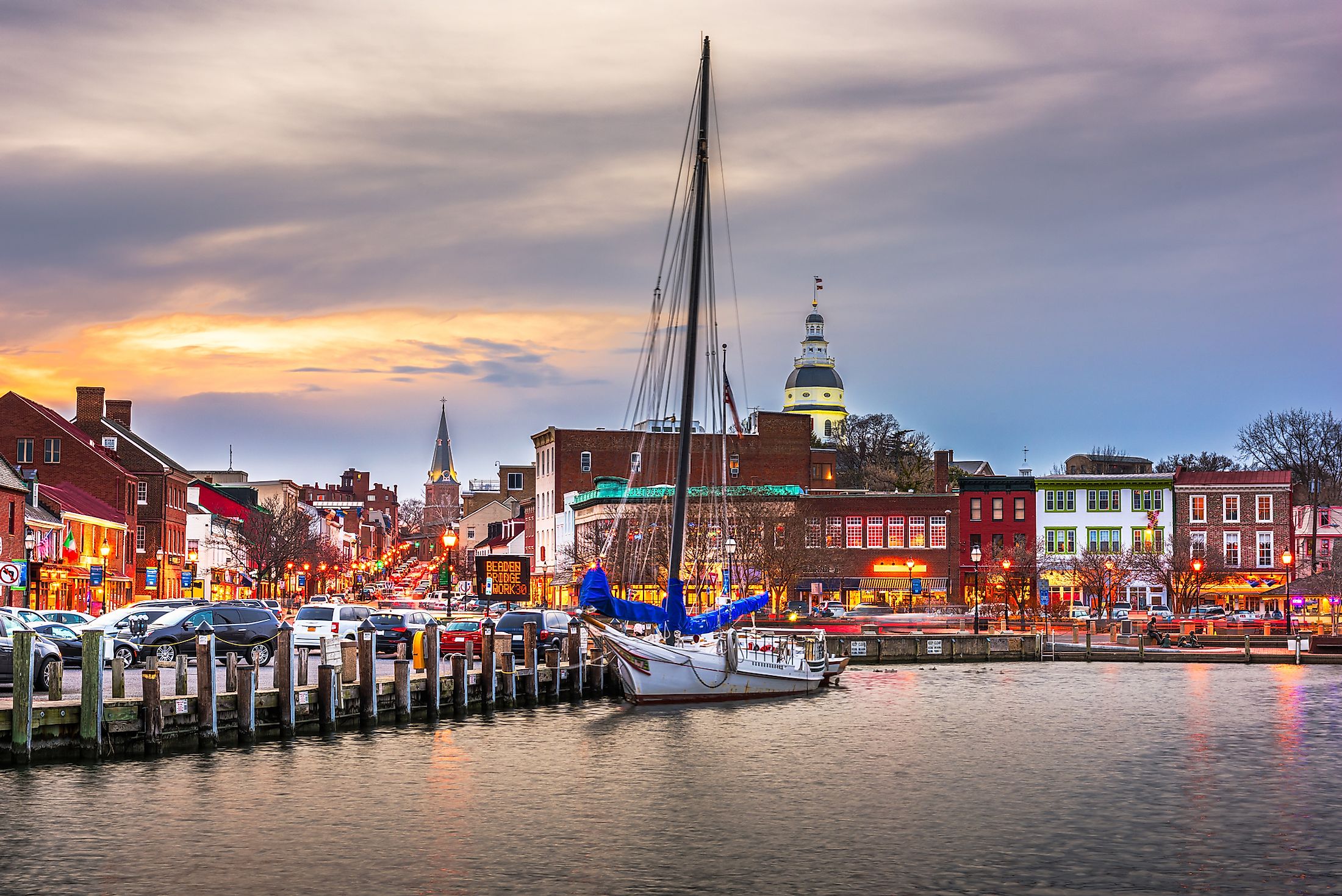
Annapolis, Maryland
Annapolis is the capital of the US state of Maryland. It was first settled by Europeans in 1649, and became the capital of the Maryland colony in 1694. At the end of the American Revolutionary War, the city served as the country’s first peacetime capital. Although Annapolis was eventually eclipsed by neighboring Baltimore as a commercial center, it became an important center for the US Navy and other government institutions. Today, Annapolis still serves as the headquarters of several government institutions and agencies. It is also very popular with tourists, who come to the city to learn about various parts of US history and enjoy outdoor activities.
Geography
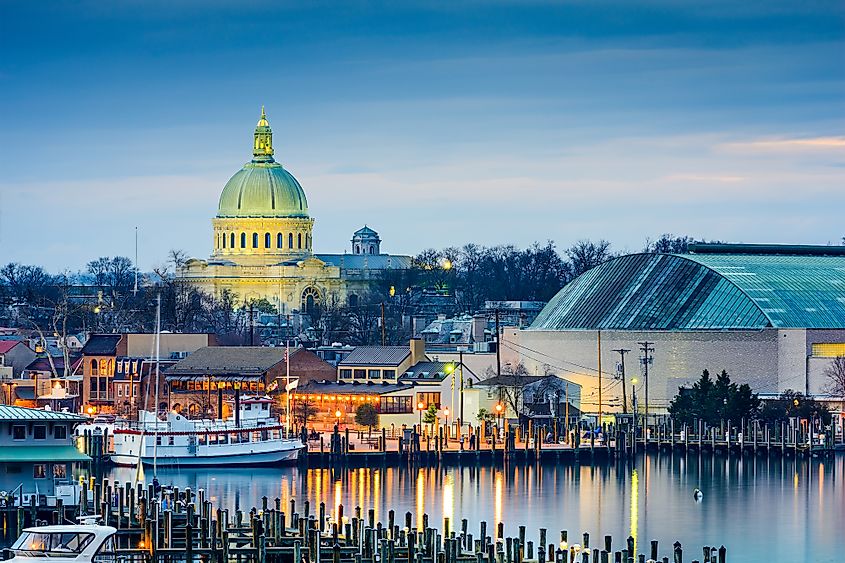
Annapolis is situated on Chesapeake Bay, at the mouth of the Severn River. The city is 40 km south of Maryland’s largest city, Baltimore, and 50 km east of Washington DC. To the northwest of Annapolis is the town of Parole. The South River is located to the south and southwest of Annapolis, while the tiny town of Highland Beach can be found to the city’s southeast. Downtown Annapolis is located adjacent to the US Naval Academy, which lies at the mouth of Severn River. This downtown area includes the State House, which is the seat of Maryland’s state government.
Population Of Annapolis
Annapolis has a total estimated population of 39,000, making it the eighth least-populated state capital in the country. Nearly two thirds of this population is classified as white, while a little over a fifth is African American. About 10.6% of Annapolis’ residents are of other races. About 15% of the city’s population was born outside of the United States. The largest group of these people were born in Latin America.
Economy Of Annapolis
Historically, activities related to the federal, state, and local governments have dominated the economy of Annapolis. Today, Annapolis’ main industries are the production of radar electronic equipment and underwater military devices, as well as research and development, and communications. Annapolis is also a port of entry and a farm produce shipping center for nearby agricultural areas.
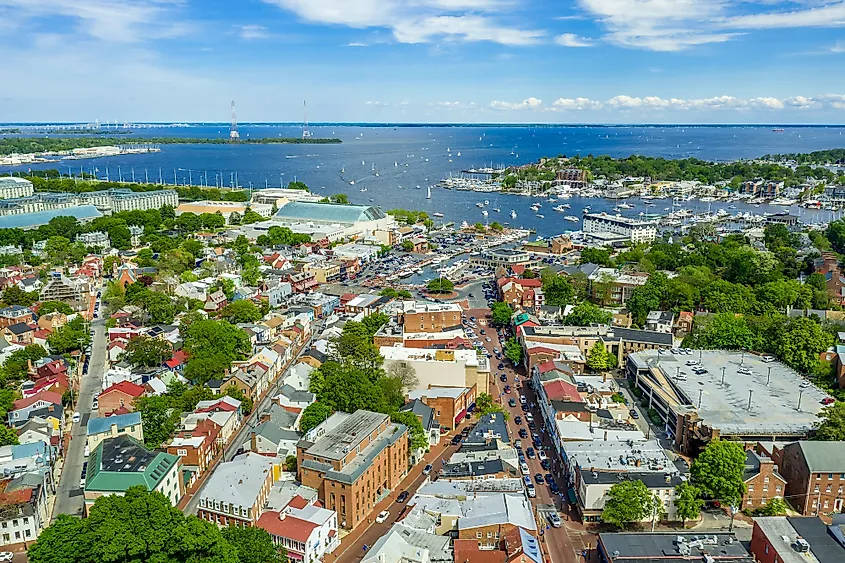
In addition, the city has become a hub for high-tech industry. Annapolis is situated in the high-tech corridor between Baltimore and Washington DC, which helps the city attract and maintain high-tech jobs and companies. High-tech industries in Annapolis include fiber optics, telecommunications, computer-related technologies, Internet-based services, regional data centers, medical equipment and supplies distribution, and environmental concerns.
One of Annapolis’ biggest employers is the National Security Agency (NSA), which is a government agency responsible for gathering foreign intelligence for the communications and computer security of the US government. Another large employer is Fort George G. Meade, which is now making a transition from a troop-training facility to a federal business park for both military and civilian tenants. Tourism is another important industry in Annapolis, bringing $1.4 billion into the local economy each year.
History Of Annapolis
Before the arrival of European settlers, what is now Annapolis was home to the indigenous Algonquin and other Native American tribes. The first Europeans to settle in the area settled in a place called Greenbury Point, which was located near present-day Annapolis. Today, however, Greenbury Point is under the water of the Severn River. In the middle of the 17th century, Puritans in Virginia were threatened with harsh punishment unless they conformed to the laws and norms set out by the Anglican Church. But then, a man named Cecil Calvert, who was the second Lord Baltimore, offered these Puritans generous land grants, freedom of worship, and trading privileges if they agreed to move to Maryland. In 1649, the Puritans set up a community at the mouth of the Severn River, on the west side of Chesapeake Bay, which they named Providence.
By the end of the 17th century, the original Puritan settlement of Providence was all but gone. It was replaced, however, by a new community called Ann Arundel Town. In 1694, the capital of Maryland, which had been based in St. Mary’s, was moved to Ann Arundel Town, which royal governor Francis Nicholson renamed Annapolis, in honor of Princess Anne, who became the Queen of England in 1702. Nicholson planned Annapolis so that it would resemble the capitals of Europe. The streets of the city were designed to radiate from a circle that was to contain the capital. The city of Annapolis was officially given a charter in 1708. It soon became a major shipping port. In fact, by the last third of the 1700s, the only shipping port to rival Annapolis was Baltimore.
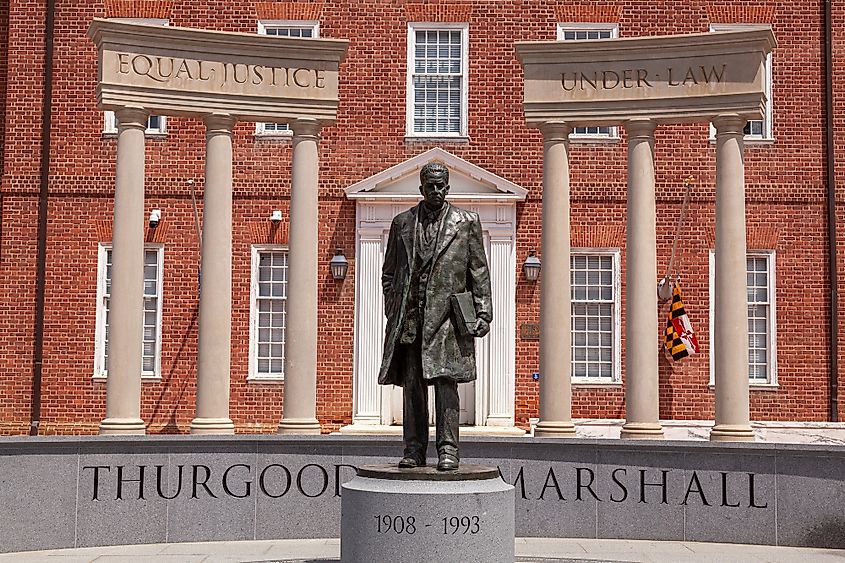
In 1783 and 1784, Annapolis served as the first peacetime US capital. The Treaty of Paris, which ended the American Revolutionary War, was ratified there. During this time, the Maryland economy was heavily dependent on slavery, though research suggests there was also a large free black population in the area prior to the Civil War. After the Revolutionary War, Baltimore eclipsed Annapolis as a center of commerce. Nevertheless, the latter continued to prosper. In 1850, the US Navy took over the military outpost known as Fort Severn and turned into the US Naval Academy.
Up until the 1880s, Annapolis was largely agrarian. But then, the railroad brought development to the area. By 1890, the city’s population was 7,604. The city continued to grow through the 20th century, aided by the expansion of state government, the presence of Navy Coast Guard facilities, the completion of a bridge to the Delmarva Peninsula, and the development of Baltimore-Washington International Airport. By 1950, the population of Annapolis grew to 10,047. The city would continue to be a major government and naval center up until the present time.
Attractions In Annapolis
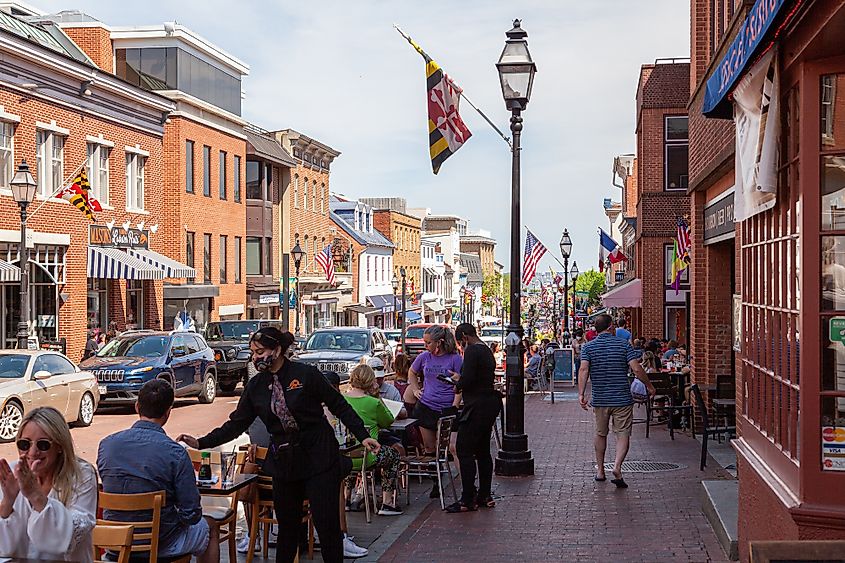
Annapolis is full of different attractions. One of them is the city’s historic district, which earned Annapolis the distinction of being one of the first cities to be designated a National Historic Landmark District. Some of Annapolis’ attractions are related to the city’s maritime heritage. These include the aforementioned US Naval Academy, as well as the Naval Academy Museum, the Annapolis Maritime Museum, City Dock, Thomas Point Shoal Lighthouse, and the National Sailing Hall of Fame. Another notable museum is the Banneker-Douglass Museum, in which Maryland’s official state collection of African American history is housed. Other attractions include Quiet Waters Park, Hammond-Harwood House, William Paca House and Garden, the Kunta Kinte-Alex Haley memorial, Sandy State Point Park, St. Anne’s Church, Fort Meade NSA Cryptologic Museum, and Historic London Town and Gardens.
